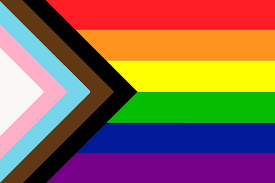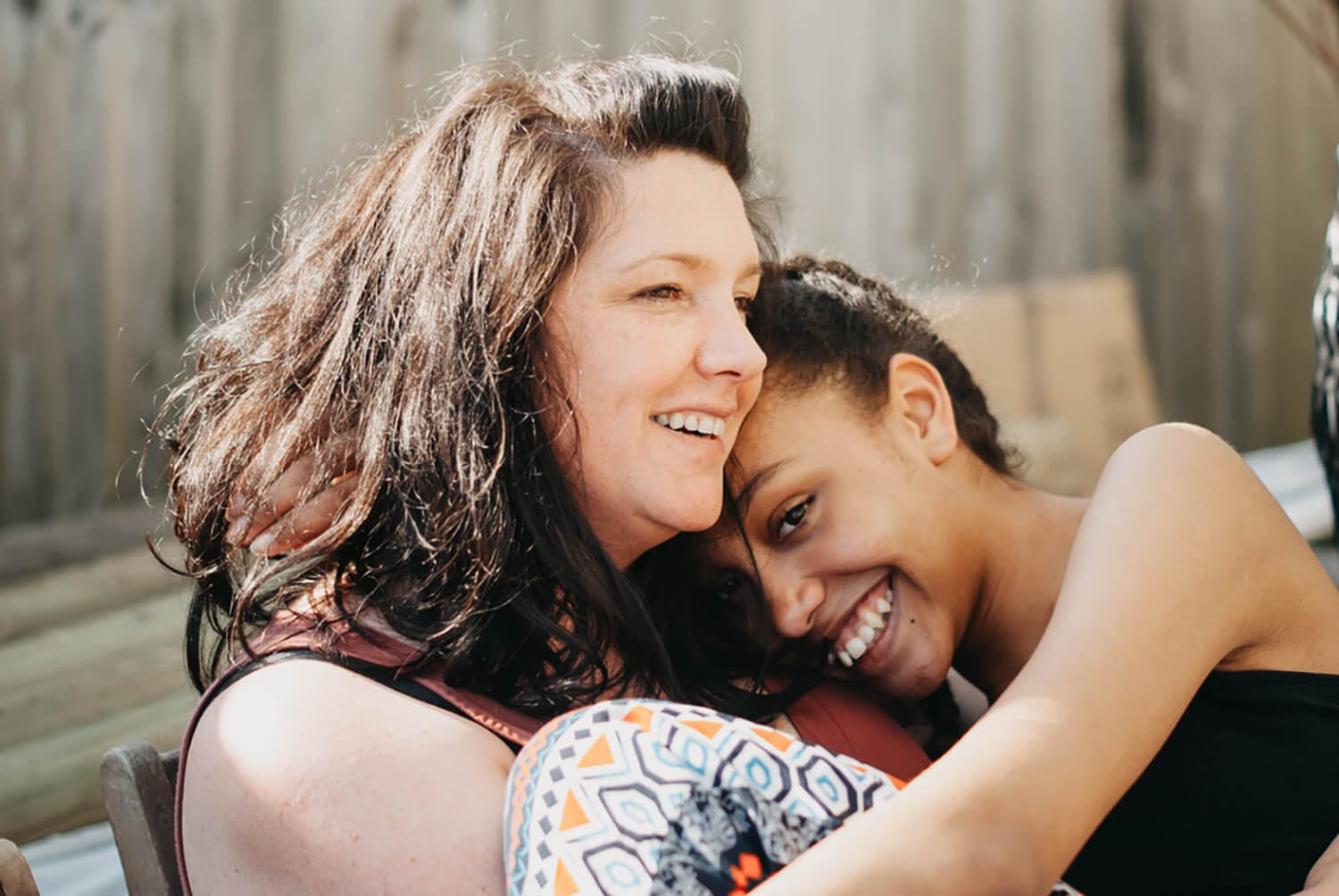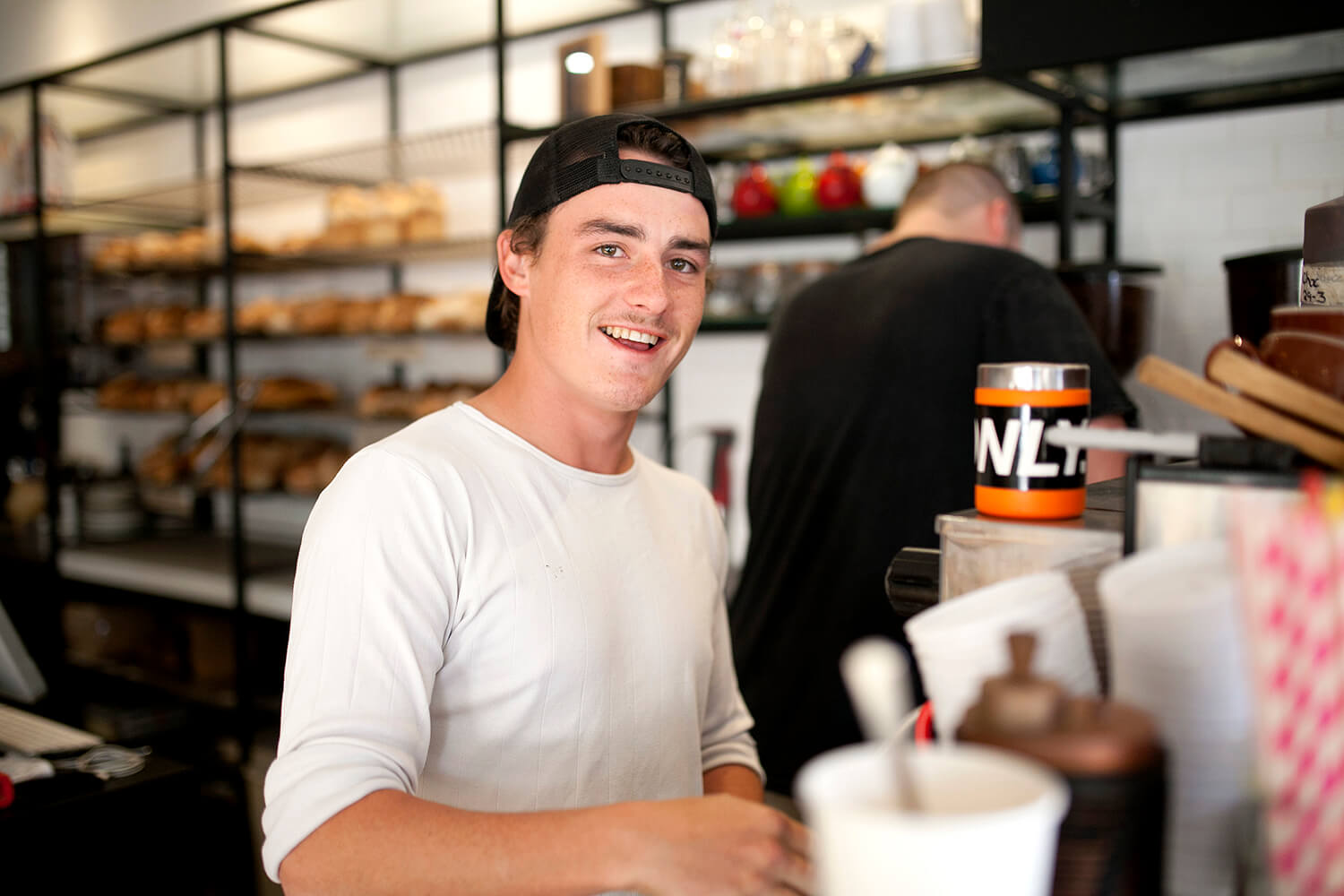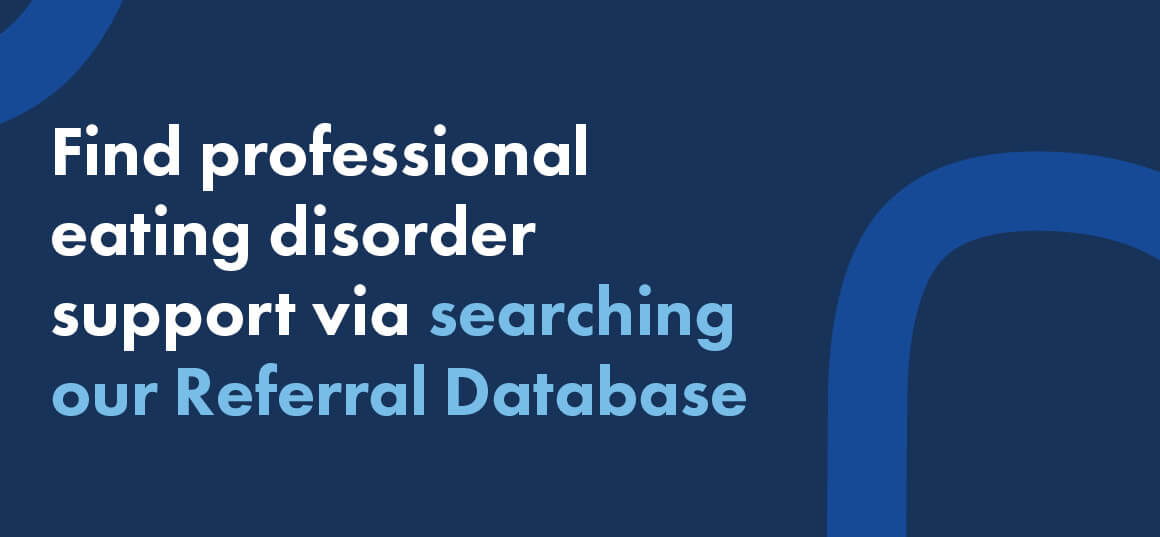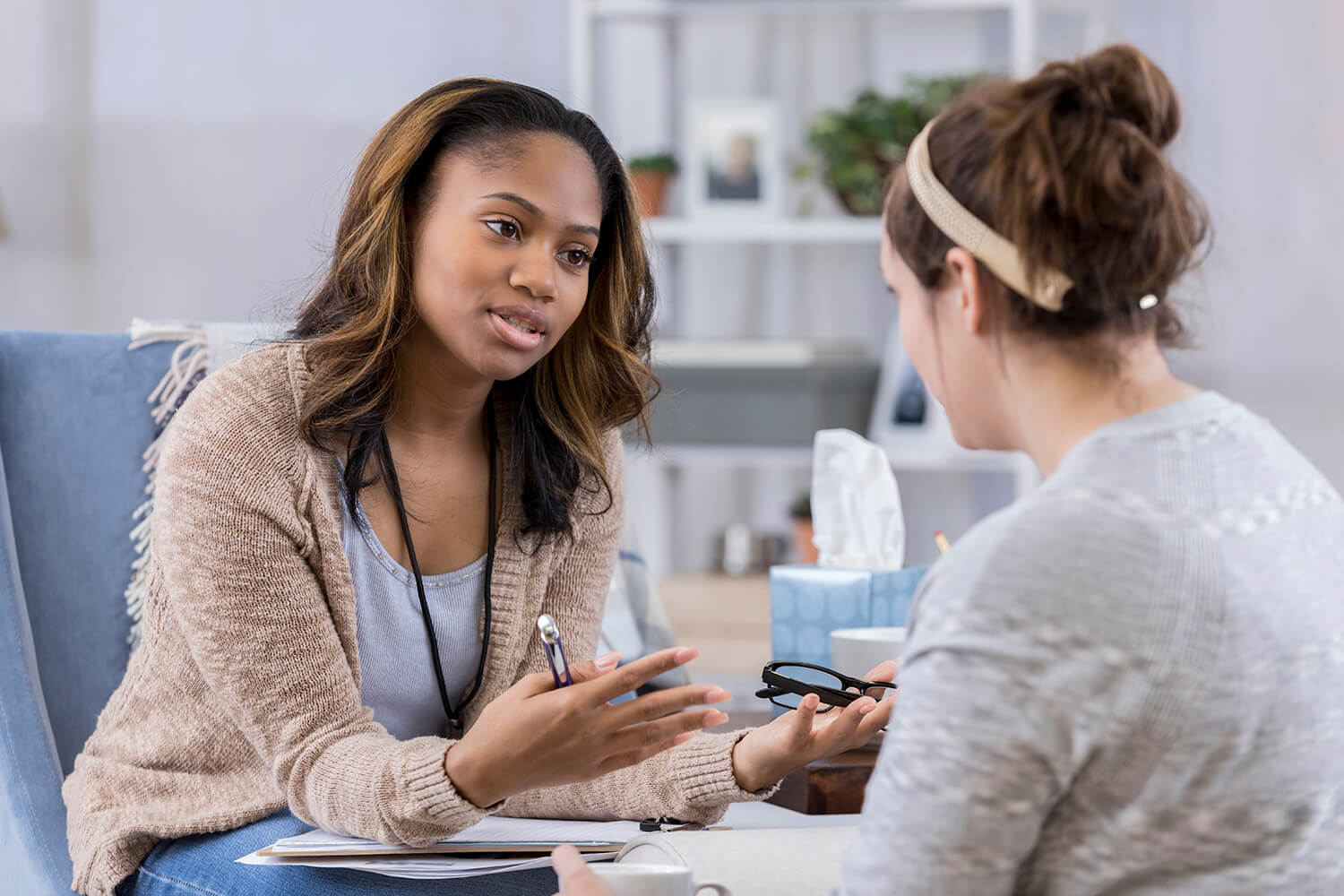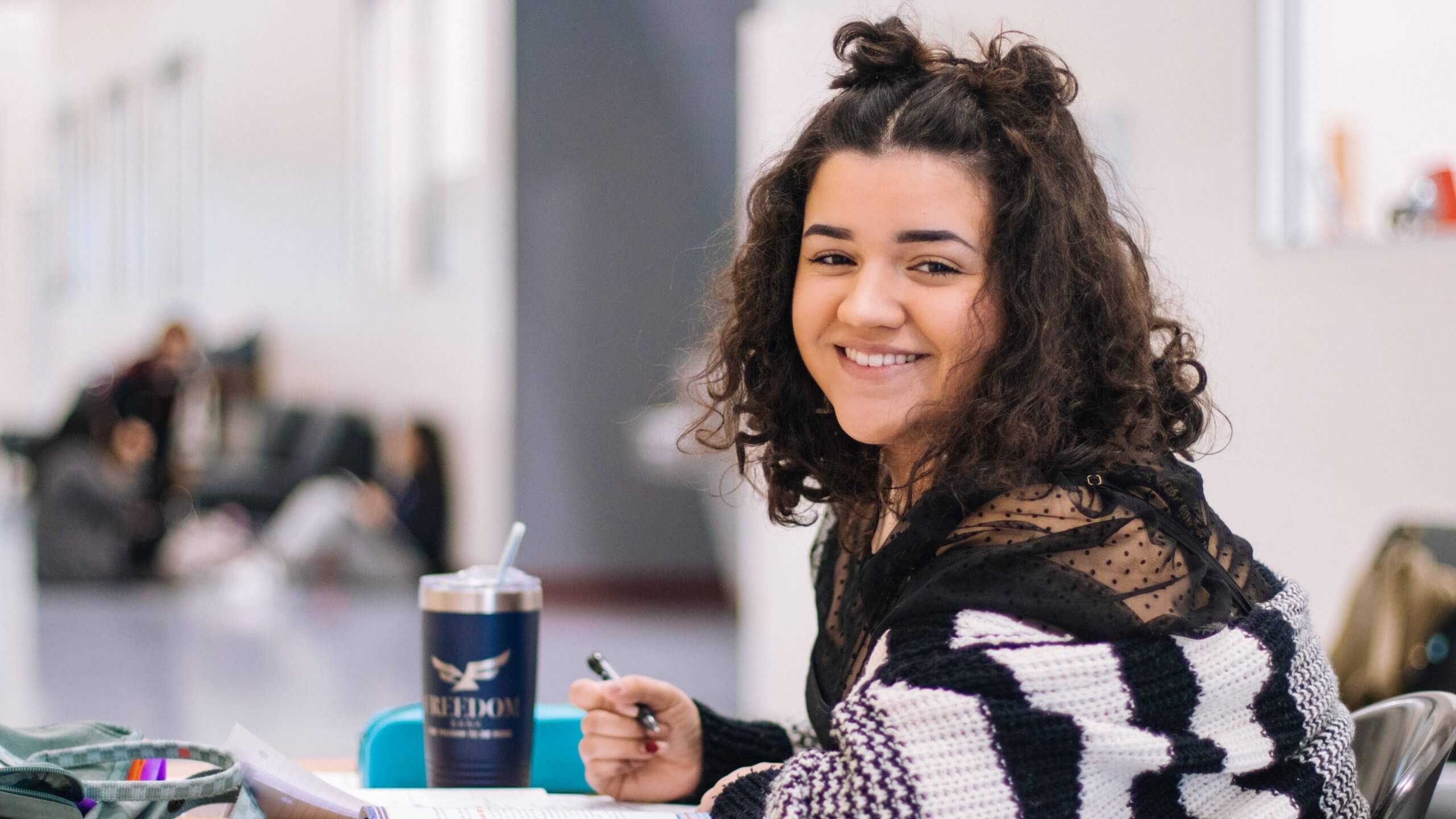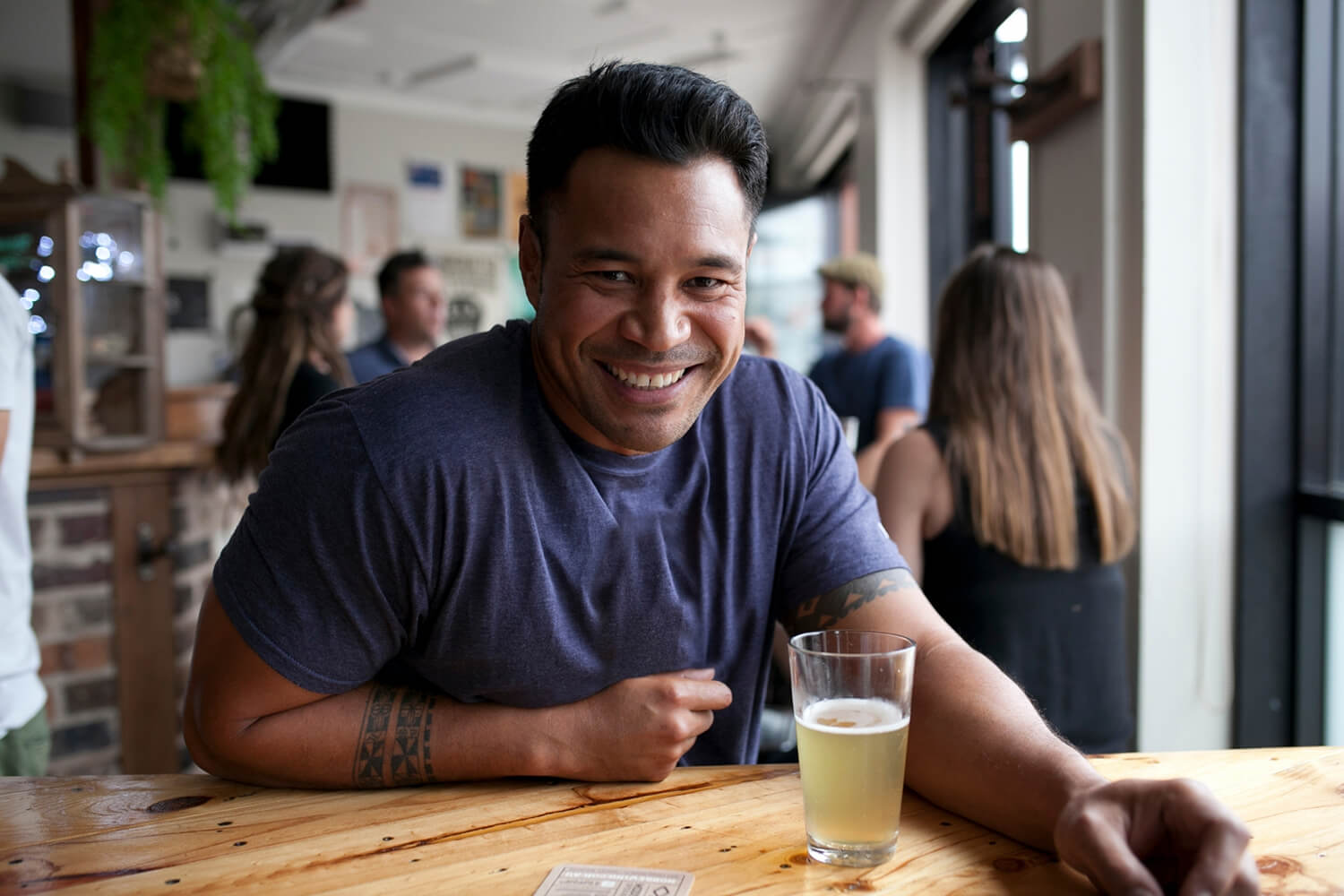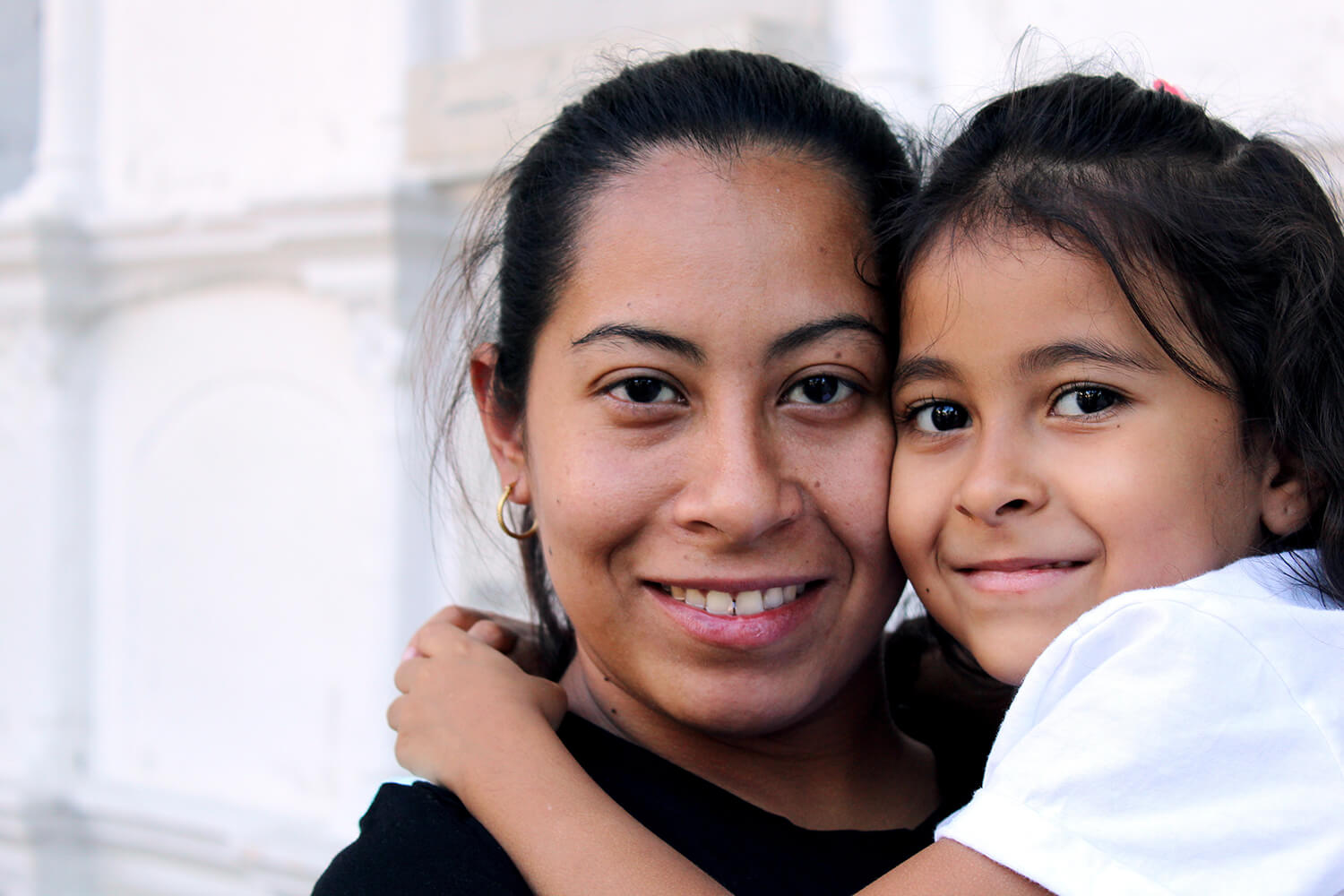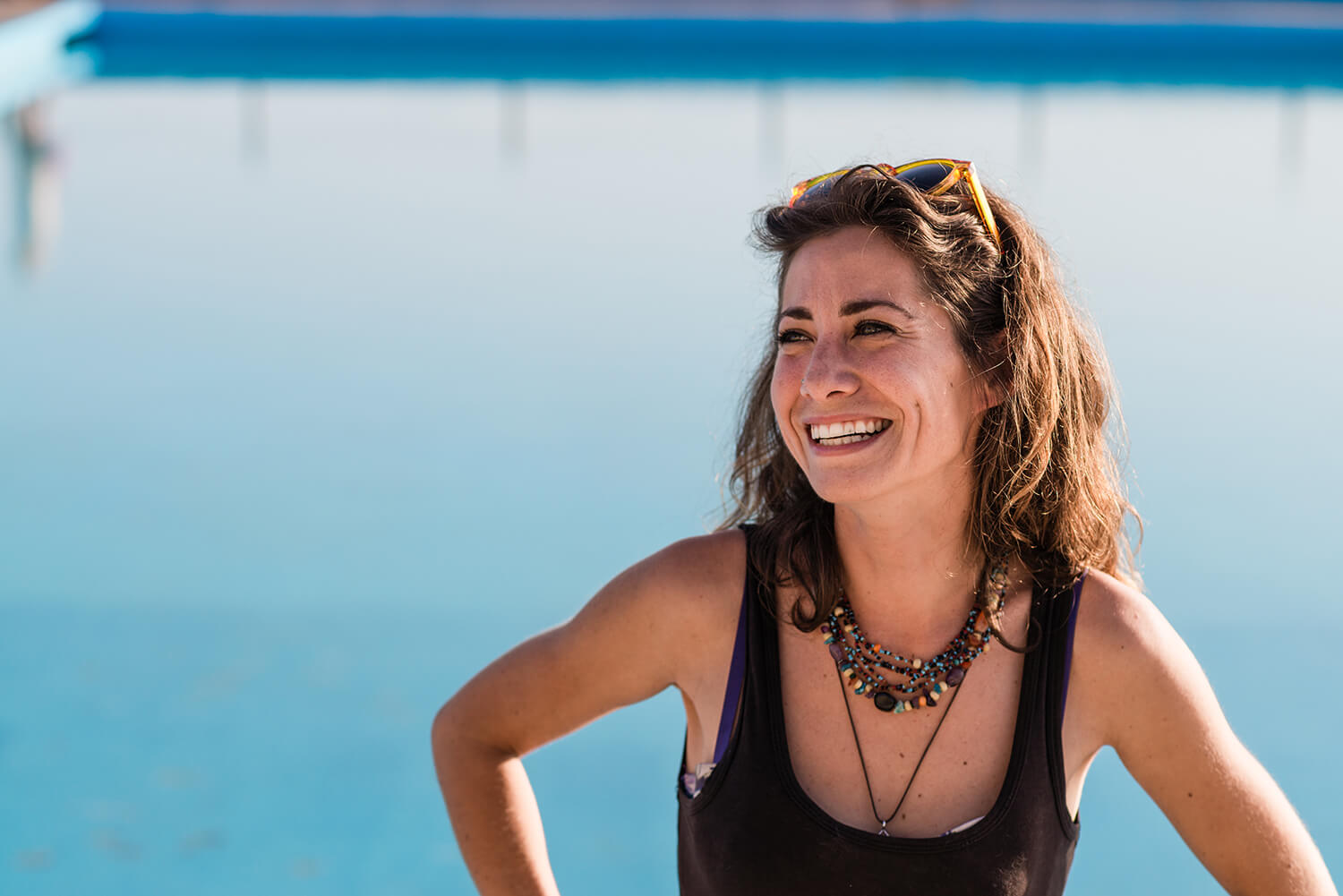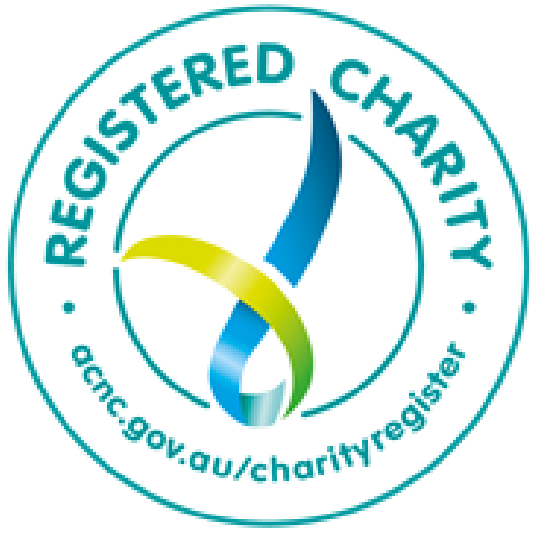Addressing risks of narrow body & beauty ideals in the media
It’s no secret we’ve been fed overly narrow beauty and body standards through advertising and the media for as long as both have been around. What’s less talked about are the consequences: Constant exposure to idealised bodies promotes body dissatisfaction, poor self-esteem and can trigger serious and life-threatening eating disorders.
“We’ve grown up with it,” says veteran of the magazine industry and founder of Mamamia, Mia Freedman. Not only are most models and celebrities “tall, white, skinny, exceptionally beautiful, flawless, and Anglo Saxon but they’re also airbrushed.”
The often-toxic media industry is not only dangerous for consumers but also for the people who work in them.
Journalist Shelly Horton says,”I was out on the red carpet, at all of the movie premieres, interviewing stars, all that stuff when one day my boss pulled me aside and said, “Shelly, we’ve decided that you’re probably more valuable to us behind the scenes.” When she asked why, the answer was, “You’re too fat for TV.”
Fashion reporter Melissa Hoyer takes us to place where the media and fashion collide, often with devastating consequences. Butterfly’s Communications Manager Alex Cowen talks about her work to educate journalists and advertising creatives to help them understand how a narrow view of beauty can cause real harm. And Elizabeth Paton, Project Lead of the Mindframe National Guidelines, talks about how these were developed for safe and accurate media portrayal and reporting of mental ill-health, including for eating disorders.
READ THE MINDFRAME GUIDELINES FOR EATING DISORDERS
FIND OUT MORE ABOUT MIA FREEDMAN
FIND OUT MORE ABOUT SHELLY HORTON
FIND OUT MORE ABOUT MELISSA HOYER
Shelly Horton:
My female boss pulled me aside and said, “You know what Shell? We’ve decided that you’re probably more valuable to us behind the scenes.” And she’s like, “I didn’t want to have to say it out loud, but I’m you’re too fat for TV.”
Melissa Hoyer:
Turn on the television, turn on any news bulletin and find me a woman whose doesn’t conform to that very, very narrow beauty ideal.
Alex Cowen:
I feel as though eating disorders were often glamorised in publications.
Mia Freedman:
Women were sold this lie by people in the advertising and magazine industries, and they would say, “Oh but it’s just that women love glamour, it’s what women want”.
Melissa:
Different designers embraced all that was seen to embrace all body shapes. Oh yes, we’re going to use plus size models. But then slowly, when Fashion week was looming, it slowly went back to your quintessential models.
Sam Ikin:
This is Butterfly, Let’s Talk from your friends at Butterfly, your national voice for body image issues and eating disorders. I’m Sam Ikin and I’m so glad you’re here. We’ve heard a lot about the dangers of misinformation lately. But these things are not new. And I’d argue that as a society, we’ve been fed misleading beauty and thinness standards through advertising and the mass media for decades. It’s difficult to say which medium is the worst culprit – whether it’s the news media, whether it’s advertising, whether it’s curated content on social media. But most of the guests we spoke to for this episode agreed that it all started with magazines.
Mia:
What we all learned about how a woman’s body should look was so incredibly unrealistic because not only were the models that we saw, all the celebrities that we saw, just tall, white, skinny, incredibly beautiful, flawless, Anglo Saxon and able bodied, but they were also airbrushed.
Sam:
That’s Mia Freedman from Mamma Mia. We’ll be hearing more from her in just a moment. If it was just a matter of dressing up the cover of a magazine or a billboard to make it look pretty, that would be one thing. But exposure to misleading beauty imagery has serious consequences.
Alex:
Growing up, experiencing disordered eating, I experienced a lot of internalised fat phobia because I grew up in the 2000s in the magazine era where everyone was looking a certain way and by looking a certain way, I mean very thin.
Sam:
To get an idea of how big the problem, this misrepresentation of beauty standards is, I pulled in the Communications Manager from Butterfly, Alex Cowen.
Alex:
In fact, I feel as though eating disorders were often glamorised in publications, in the glossy magazines and in some ways, I feel as though there’s a lot of women, in particular, that have severe body image issues because that is all that was available in terms of who we should be aspiring to, essentially, and all of those people, we’re very, very thin.
Sam:
We often think of women as the demographic worst affected by this, but as Mia Freedman explains, young boys are also vulnerable.
Mia:
They learned about what a woman’s body should look like from looking at magazines, whether it was their own magazine or their older sisters’.
Sam:
Mia was always an avid consumer of magazines as a girl, and she went on to live out her dreams of being a major player in the industry.
Mia:
When I came into magazines at age 19, I started doing work experience at Cleo and I was a massive fan of magazines. I’ve always been a fan and a consumer of women’s media, first and foremost, and I’ve certainly based all the decisions that I’ve made as an editor on my experiences as a consumer. And I had a really love/hate relationship with women’s media back then, because the only women’s media until the internet came along was women’s magazines. I loved them because there were articles about feminism and about relationships and about sex and if you wanted to know anything about being a woman or a girl, you had to find it in a women’s magazine. But the hate part came from how bad they made me feel about myself. I am an able-bodied, white, size10 woman – and I felt incredibly terrible about myself when I looked through magazines because nobody in a magazine looked like me. And if that was my experience, I knew for a fact that there were many, many other women who would feel the same way and even less represented than I did.
Sam:
Mia Freedman left the magazine industry before it took a nosedive and she now runs one of Australia’s most popular women’s news and podcasting companies, Mamma Mia. But she has dabbled in TV, where she found out surprise, surprise, that industry was just as toxic.
Mia:
I worked in television for a very little while, seven long months and I was in rooms where men were talking about how [bleep] women were who were on television. I was in the room and that was seen as a legitimate conversation to have. I would also say that so much attention is put on magazines which are redundant now, they’ve got no power. But turn on the television, turn on any news bulletin and find me a woman who doesn’t conform to that very, very narrow beauty ideal.
Shelly:
I did my journalism degree, and I did a double major in broadcast because I loved radio. I wanted to get into TV, but I was so nervous because I couldn’t see anyone who looked like me on TV because I’ve always been curvy. And they don’t have curvy girls on TV, they have size six blondes and that’s about it, right?
My name is Shelly Horton, I am a journalist and a TV presenter. Presently I work with Channel Nine, so I do spots on Today Extra and the Today show. I’m also the lifestyle host for Nine Honey, which is the women’s website associated with Channel Nine.
Sam:
Shelly has a lot to say about the lack of body diversity displayed on television, but she’s also been at the coalface and experienced it.
Shelly:
I moved to London, and I got a job on TV over there, which was fantastic. A daily entertainment show, the dream come true. So I knew I was good on TV. When I came back to Australia my confidence was high. I’m like, “Yeah, I can do this.” I got a job at Channel Nine in Sydney, and I was working on a show called Entertainment Tonight. You know, did they an Australian version for one year and it was hosted by Richard Wilkins and Marie Patani and I was the roving reporter. So, I’d be out on the red carpet at all of the movie premieres, interviewing the stars, all that sort of stuff. Yeah, amazing job. But about three months into that job, my female boss pulled me aside and said, “You know what Shell? We’ve decided that you’re probably more valuable to us behind the scenes.” And I’m like, “What do you mean?” And she’s like, “I didn’t want to have to say it out loud, but you’re too fat for TV.” I was a size 10!
Sam:
Now I don’t want to talk a lot about clothing sizes, but I think I need to point out that a size 10 is well under average in Australia. Shelly’s experience is a firsthand account of the industry’s insistence on selecting a narrow – and for many of us unrealistic – body type. As a consumer, it’s difficult not to get sucked into the mirage that we’re presented with constantly. Almost everywhere we look, not only is it harmful, but it’s irresponsible. A really important question to ask at this point is who are the decision makers? Who are the people who continue to insist on presenting these unhealthy ideals, are they aware of the damage they’re doing?
Shelly
The middle-aged white men who are making the decision on who gets on air – and who doesn’t -have no idea, absolutely no idea. And it’s offensive when you think about it. What I am finding now though, that there has been a slight change. It used to be if a woman got pregnant and she was a news reader, they would raise the desk for a while and then she’d just disappear and not come back. So now pregnancy and weight fluctuation with pregnancy is acceptable. It’s slowly changing. But again, you’re celebrated when you lose weight. The men in media do not get the same amount of scrutiny that women get. I get trolled all the time because I give my opinion on TV and therefore trolls attack. That’s a simple equation. But what happens with my trolls is if they don’t like what I’m saying about, say boxing, then it turns into “Go to Jenny Craig, you fat slob”, “You’re too fat to be on TV”. All the negative criticism that I get gets focused on my body, not on what I say. That’s a frustrating thing and that’s part of the reason that I’ve decided I’m very unfiltered. I’m unfiltered on Instagram as well. You’ll see shots of me like this morning with hair and makeup done in my great dress, but then on the weekend you’ll see me without makeup and I’m wearing a swimsuit and not hiding myself. I’m really trying to make a change within myself as well as coping with working in this very judgmental and difficult industry.
Sam:
When it comes to how eating disorders themselves are spoken about, the media will often portray anorexia nervosa affecting only young white females from upper middle class backgrounds as Alex Cowen told us earlier, it’s a demographic that’s at risk, but it’s only a tiny proportion of the eating disorders that actually exist.
Alex:
I cannot tell you the number of journalists that have gone, “Oh my gosh, wow!” when I say to them, anorexia actually only makes up 3% prevalence in terms of eating disorders, its binge eating disorder, in fact that is the most prevalent eating disorder. And they’re like, “Oh my gosh, I did not know that”. If you can educate someone in that moment, then we’re going to see a much bigger difference in the way that eating disorders are portrayed in the media down the line. What happens is young women internalise that image, and we tell ourselves that in order to be successful, in order to be accepted, we need to look that way. And if you learn that from a young age, you’re most likely going to carry that internal sentiment with you throughout the course of your life, right? Unless you have a lot of therapy to unpack it.
Elizabeth Paton:
If we can’t see ourselves, then we either assume something is wrong with us or we will try to imitate the shapes or sizes that are the ones that we see most often.
Sam:
Luckily for Alex, she’s not tackling this problem all on her own.
Elizabeth:
I’m Elizabeth Paton and I am the Project Lead at Everymind that looks after the Mindframe program. We know that some ways of communicating about eating disorders and body image can be harmful for people in our communities. Studies indicate that women in particular have been introduced to behaviours associated with eating disorders through media representations. Other research has found that the thin ideal or, more recently, the muscular or superhero ideal have led to greater body dissatisfaction and disordered eating behaviours as well. So there are around a million Australians that live with an eating disorder. So problematic communication about this issue can have an impact on a significant population and we don’t want media stories to add to those numbers.
Sam:
So here’s where the situation gets a little bit complicated. Being able to see diversity of body shapes and sizes is proven to reduce body dissatisfaction and other self-esteem related issues that put people at a higher risk of developing eating disorders. But when it comes to the conditions themselves, spreading awareness of the harsh realities of eating disorders can be problematic
Elizabeth:
When we show people the specific behaviours, then they have what is essentially a model to follow. And we want the opposite of that, we want people to model behaviours for how to get help, how to work through recovery, or even how to identify that there’s an issue. So, we want to see more of those kinds of stories that provide a better model for how to recover and how to get through rather than showing people how to actually engage in some of these behaviours.
Sam:
It’s easy to see how the most well-meaning reporter, editor or content creator could get it wrong, which is why Elizabeth and her team have developed a set of guidelines outlining the best practices. They’re called the Mindframe Guidelines and they’re slowly becoming a staple in newsrooms and boardrooms around the country.
Elizabeth:
The original guidelines for reporting on eating disorders were developed in 2012 and that was done in consultation with the Butterfly Foundation, the National Eating Disorders Collaboration and media experts. It was supported by a review of the research and then the guidelines were redeveloped, prompted by new research and feedback that the existing resource could be more inclusive, particularly of LGBTI+ bodies. The updated guidelines were launched in 2021.
Alex:
I refer journalists day in, day out to the Mindframe Guidelines. Every single media request that comes into my desk, I will send them a copy of the Mindframe Guidelines but, unfortunately, they aren’t necessarily binding, which I think is part of the issue because even though I can send those to a journalist and suggest that they adhere to them, it doesn’t mean that they’re necessarily going to do that, particularly if they are uneducated about eating disorders. So in the same breath it’s my role to educate them about the stereotypes that exist around eating disorders and body image issues and who they can impact. And if you can that approach, then we’re more likely to have more cut through when it comes to the Mindframe Guidelines.
Sam:
We’ll come back to the all-important Mindframe Guidelines and how you can find them shortly. But first it’s time to meet our final guest who works where two of the most arguably problematic industries collide in terms of body image and eating disorders, Melissa Hoyer.
Melissa:
I’m a fashion and lifestyle commentator. I’ve been an editor for years and years, but at this point I’m basically freelance commentator for television. My world was full of looking at the perceptions of beauty, of looking at models, of booking models, of going to runway shows, looking at new collections of designers. And all of those things would be on five foot ten, slim women. End of story, even though I’m a five foot two curvy, little, five foot two person. I’ve never ever been one to show off my body and that’s probably a subliminal thing in my head because I’ve worked for so long in an industry that passed off perfection, a normal body shape as being like a model. Does that make sense? So therefore, if I was to photograph myself in a swimsuit, that’s like, well, there’s no way I would have done that 10 or 12 years ago. Because, well, no, I can’t do that. I’m not a model.
Sam:
Mel has seen the industry change for the better in recent years, but she’s still not convinced that it’s in any way enough to reverse the horrible impact traditional fashion reporting has had on the way people feel about their bodies.
Melissa:
About 10 years ago different designers embraced all body shapes. “Oh yes, we’re going to use plus size models.”But plus size models to a lot of fashion designers is a size 12. No matter how many designers have incorporated larger sizes into their collections, you still look at most runways, whether it’s New York, Paris, London, Sydney, wherever, and most of the runway models are still, no question, 8 to10. They’ll put a plus size girl, aka a size 12 in as a token gesture. But it’s certainly very rare to see an entire collection modelled on normal sizes or a runway full of normal size 12 to 14 women.
Sam:
And while the people who run the fashion media and advertising industry seem to think their extremely narrow version of what bodies should look like is working for them, Melissa Hoyer’s experience tells us a different story.
Melissa:
When I was the fashion editor of The Daily on the Sunday Telegraph, there was a story that I read, I think it might have been in American Vogue. I think I photocopied it. It was back in the days when we’d actually be looking at magazines. Someone had it on the desk and the big heading was – it would have been probably in the late 90’s – The Return of the Curve. We’re returning to the days of Marilyn Monroe-esque, beautiful curves. I did my own interpretation of The Return of the Curve and the amount of letters I got – and a few emails – mainly letters because, remember, people used to actually write letters, saying things like, “Oh it was so refreshing to – read about”. In fact the fashion industry having embraced real bodies – that was 9 7, 98, 99, you know 20 years ago. And I was so excited because I did it for my fashion pages and because of the reaction. I think that we ended up doing a few more of those stories in the next few weeks and brought them to the front of the paper because they were proving so popular. But then it slowly went. I think Fashion Week was looming and it slowly went back to just back to the drawing board of your quintessential models.
Sam:
Mia Freedman had a similar experience when she took the helm of Cosmopolitan back in its heyday.
Mia:
I think that one of the things that I wanted to do when I became an editor was to change the way women were represented. In Cosmo I started putting women of all shapes sizes and skin colours in every issue of every magazine I published and edited. I nearly lost my job because of it a couple of times. My bosses felt this was a very bad thing for the magazine’s brand, but the readers loved it. Straight away the magazine went to number one in circulation and readership and all those measurements. So often women were sold this lie by people in the advertising and magazine industries who were, in those days, the gatekeepers of how women were portrayed. They would say, “Oh but it’s just women love glamour, it’s what women want”. And I would be, “Well who said that glamour only looks a certain way?” And “Who said that’s what women want if they’ve got no alternative?” If every magazine is doing the same thing and every ad campaign portrays women in the same way, how do you know that that’s what women want?
Sam:
People like Mia and Melissa, leading by example, are still up against decades and decades of ingrained behaviour and business models that are reluctant to change the way that they do things. The media may have evolved from old fashioned glossy magazines to filtered social media posts and websites, but the body and beauty ideals are evolving much slower. The Mindframe Guidelines are there to help prevent harm for those who are at risk. But their guidelines, they’re not rules and they’re not binding leaving the media to address its own overuse of harmful standards.
Elizabeth:
The Guidelines are not mandatory. That’s the easy part of that question. It would be great to see all of the Mindframe Guidelines included in things like journalism and media education programs or professional development, but it would be really difficult to make the Guidelines mandatory. I think one of the main issues is how do you regulate communication that sits outside traditional media like print, TV or radio? They have codes of practice or editorial policies, but how do you regulate a person running a celebrity gossip site or a health influencer on social media who may not recognise themselves as media or as a journalist. Social media organisations are getting better at regulating content within their own services; Tik Tok, for example, has recently banned some content that’s related to disordered eating and that’s a small step, I think in the right direction.
Sam:
But say you were in charge for a day or for as long as you wanted, as long as you needed, what would you do? What big changes would you try and make?
Shelly:
I actually think I’d be really strict, and I’d bring in quotas and actually force a change rather than wait for a change to naturally happen. Because I’m sorry, it’s 2022 and it hasn’t happened. For me, you can’t be what you can’t see. So I think we need people of all sizes on TV, we need people from different races and religions and ethnicities, all of that. We need it to be a melting pot. I think that the only way to get that to happen is to have it, make it legislation, make it: You’ve got 10 jobs to fill. These are the way they must be filled.
Mia:
After I left magazines, I was appointed Chair of the National Body Image Advisory Board which was a board of people from the industry. There was an eating disorder specialist, there was someone from Butterfly, psychologists and community groups. And we put forward to the then Minister for Youth, Kate Ellis, our list of recommendations for a code of conduct that included things like the declaration of images that were photoshopped and the commitment by magazines and advertisers to not distort women’s faces and bodies too much. I mean even then the horse had bolted, and this was probably 15 years ago. We put that code of conduct forward and were told that it had to be a voluntary code which we thought was going to be pretty useless. And indeed, it was. It was roundly ignored, and nothing happened except that magazines collapsed. What’s changed is that now the things that those gatekeepers – they were fashion editors, art directors, fashion designers, people who worked in advertising – the things they used to do to women’s faces and bodies we now do to ourselves on social media by using filters and by using apps like Facetune and things like that. So the playing field, or the battleground I guess you would say, has very much moved from magazines and advertising to Instagram and the world of influencers, the world of celebrities and the world of regular people.
Sam:
So, if we can’t enforce guidelines and standards in this rapidly evolving landscape, what can we do?
Alex:
The best thing to do is to nurture and develop your critical lens and by that, I mean really think about what you’re looking at and dissecting and acknowledge that often what you see in the media is not a true representation of reality. There is so much photoshopping that occurs, there is so much editing that occurs and when it comes to young people, we need to be teaching them from a very young age that that is not a reflection of reality. It comes down to social media literacy and broader media literacy. Yes, it’s all well and good to focus on social media but we also need to focus on other outlets in terms of TV, cinema, even just what you see in advertisements. Often, they focus on the thin ideal or the muscular ideal. Admittedly things are changing and we’re seeing a lot more diversity but we’re definitely still not there yet and we need to focus on that a lot more and give other people and other bodies the chance to be represented. So young people, in particular, see themselves represented from a young age and don’t grow up with harmful internalised thoughts and behaviours.
Sam:
To find out more about media or social media literacy or any of the other things Alex was just talking about. Check out the Butterfly website at Butterfly.org.au. For direct support, you can live chat while you’re on the website or call the Butterfly Helpline,1 800 33 4673 or 1 800 ED HOPE if you prefer letters. To find out more about the Mindframe Guidelines go to Mindframe.org.au. If you’re a journalist bookmark that page and refer to it as often as you can. Thanks to our guests in this episode, Mia Freedman Alex Cowen, Shelly Horton, Melissa Hoyer and Elizabeth Paton. Butterfly: Let’s Talk is an Ikin Media production for Butterfly Foundation. It’s produced by Camilla Becket with lived experience support from Kate Mulray. Editing, hosting and all the boring stuff is done by Ikin Media. Check us out on Ikinmedia.com.au. I’m Sam Ikin. Thank you so much for your company.


